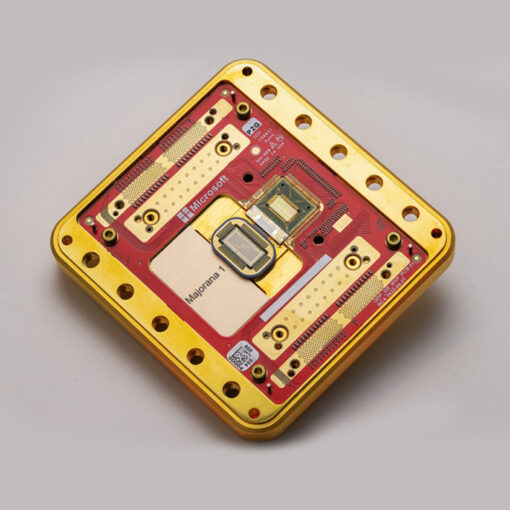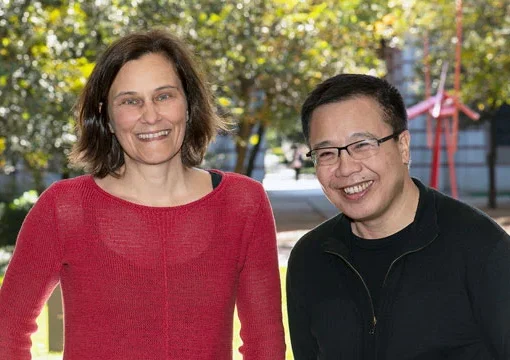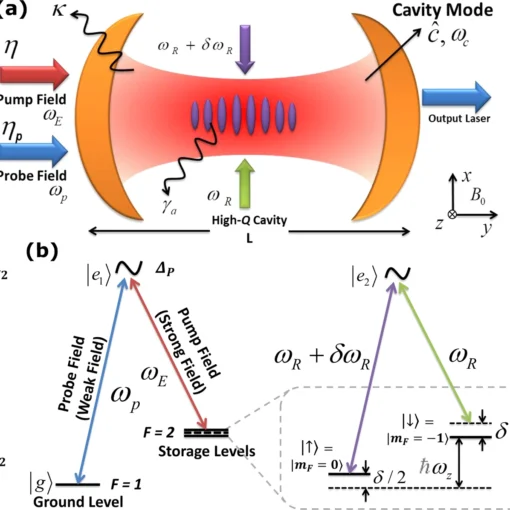
Microsoft Pioneers Topological Quantum Revolution with DARPA
Microsoft has demonstrated the world’s first topological qubit using Majorana Zero Modes in specially-engineered topoconductor materials, achieving measurement-based control through quantum dot interactions while securing DARPA support to build a fault-tolerant prototype that could scale to one million qubits and revolutionize scientific discovery.




